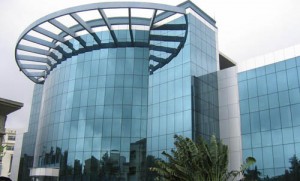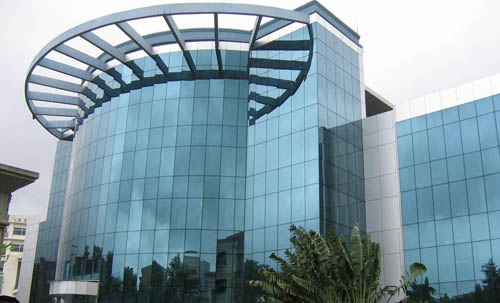By: Vyomesh Shah, Managing Director, Hubtown
 Till the ‘90s and even early years of the last decade, commercial real estate was being built as just another asset class to be leased out to entrepreneurs who would start or expand business as and when required. Most office buildings were largely built in the central business districts of various cities, functioning primarily as the central node where most of the commercial activity of the city took place. They were concentrated in one or two areas of the city and the entire population accepted the fact that they have to commute to those areas for work, no matter where they lived.
Till the ‘90s and even early years of the last decade, commercial real estate was being built as just another asset class to be leased out to entrepreneurs who would start or expand business as and when required. Most office buildings were largely built in the central business districts of various cities, functioning primarily as the central node where most of the commercial activity of the city took place. They were concentrated in one or two areas of the city and the entire population accepted the fact that they have to commute to those areas for work, no matter where they lived.
It was not surprising as, with limited population living in high densities around the central core, the arrangement was feasible. But all that has undergone a tremendous transformation in the last decade-and-a-half. More so as MNCs started setting shops in India and Indian companies started expanding their operations, by branching out in the cities and even opening offices in other parts of India.
Increased migration in the last couple of decades due to increased commercial activity, and expansion of city boundaries have resulted in development of satellite and suburban nodes and the commercial hubs too have spread out to cater to the new populations. Improvements in intra-city infrastructure and improved connectivity have facilitated the growth and acceptance of these peripheral locations.
Large, world-class office spaces are now being constructed to offer secure and productive workplaces in the suburbs. By 2015, 61% of office space in India will be located in the suburbs. New commercial hubs in Andheri and MIDC areas of Mumbai are now home to fortune 500 companies offering some of the latest amenities and work atmosphere.
The other most interesting transformation was seen in terms of architecture and aesthetics. With businessmen becoming global in their operations, travelling frequently and exchanging notes with their associates and counterparts around the globe, the whole business environment has taken a different shape. I still remember the days when most businesses were done out of a 500 sq ft space- very frugal in its interior, a place to just do business and then leave.
Today with businesses exceeding the boundaries of eight hours and office goers spending nearly one- third of their lives in the office, important partnerships, alliances and deals being struck over coffee or in the boardrooms, the business spaces have undergone a complete change as the functions themselves change. These spaces now combine recreation, socializing and networking, apart from work related occupations. The developers with a futuristic approach to building have not just kept pace with this transformation but have already begun to create better buildings a few years back, for today’s businessmen to consume. This trend is now going on to the next level.





